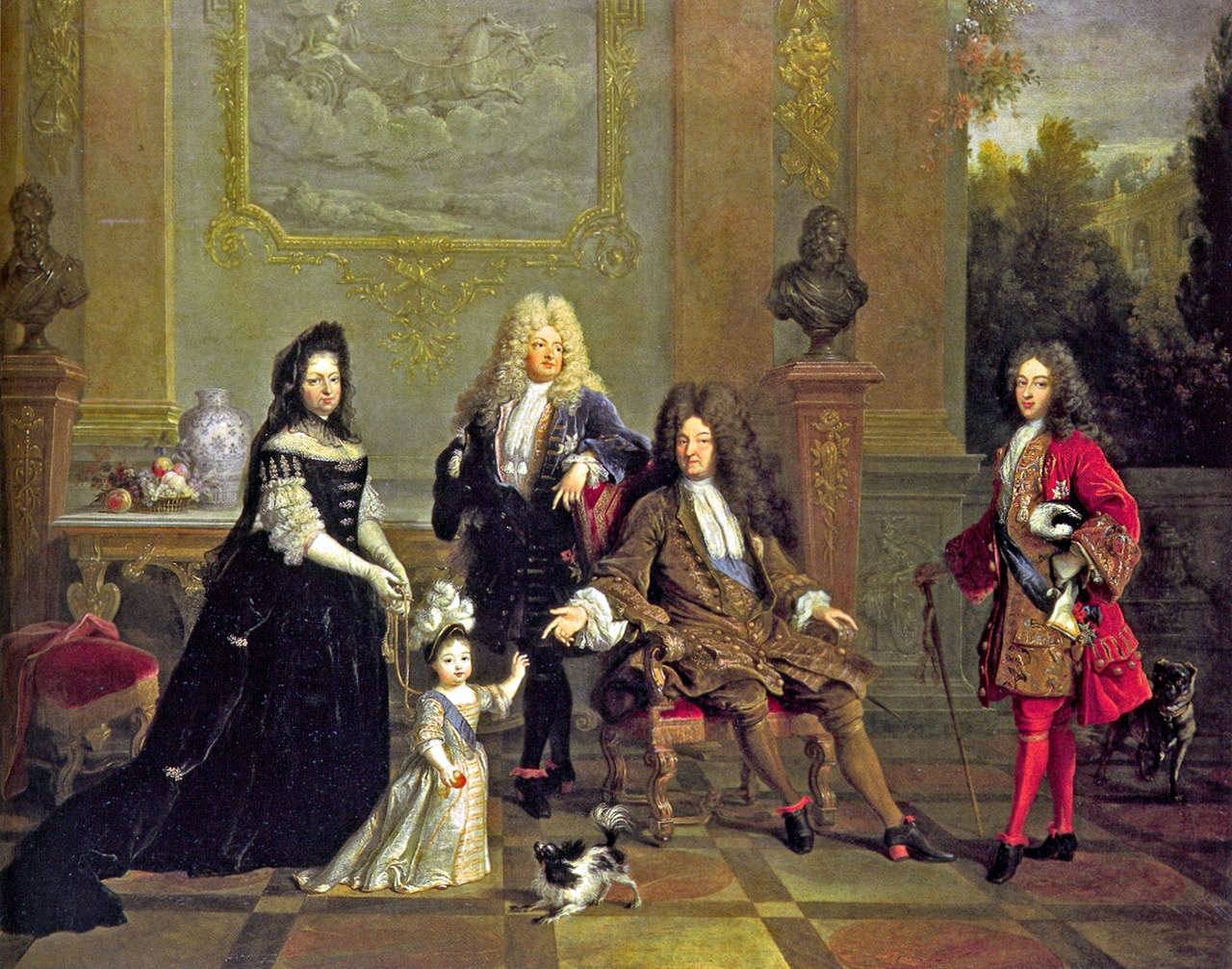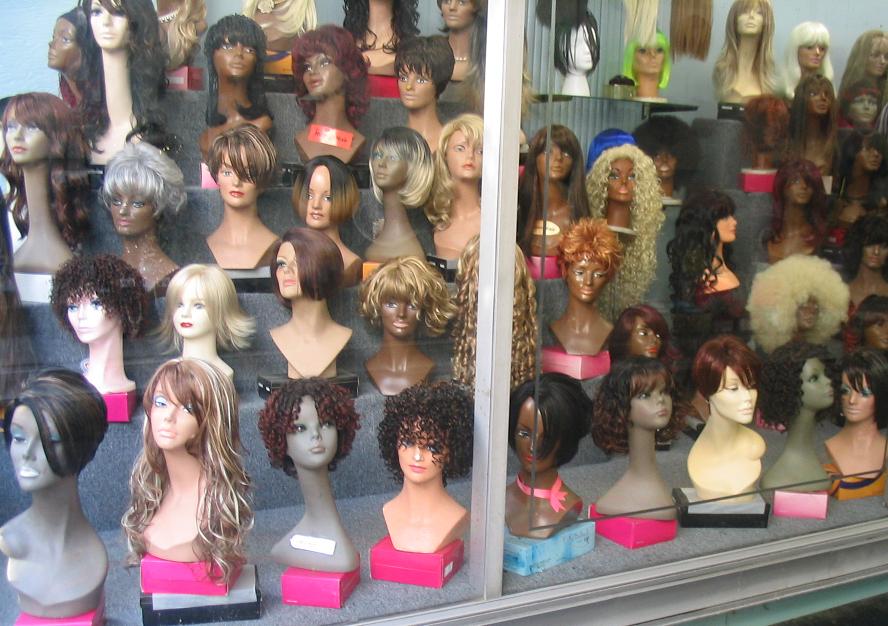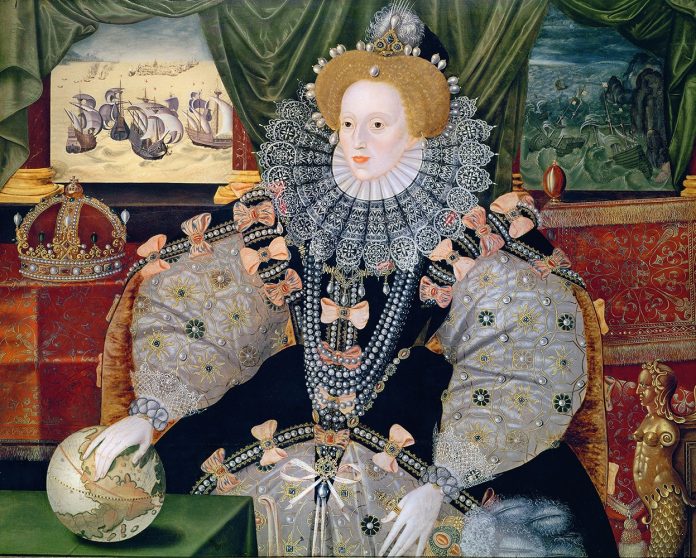History of Wigs – Ancient to Modern Times: Blog on Culture & Social History
Wearing wigs has always been ingrained in man’s involvement in society. They have served a wide range of practices, from the actual to the symbolic and ornamental. This article talks about the history of wigs timeline from the past to the present.
We shall look at their origins, how they have changed over the years, what materials have been used, and what roles have they played throughout different fabrics in time. Let’s explore this beauty accessory further.
Ancient Times
Ancient Egypt (c. 3400 BCE – 30 BCE)
The use of wigs actually dates back several centuries before the Common Era, more notably in the ancient Civilization of Egypt around 3400 BCE. The Egyptians made the most ancient wigs out of real hair, palm leaf fibers, or even wool yarn. Wigs were more than just an accessory.
The other sole reason why wigs were used, especially in ancient times was to shield the bald heads from the heat of the deserts. Obviously, it wasn’t only the women who were rich who sported wigs; every pharaoh and queen had a majestic one flaunting on their heads.
Ancient Rome and Greece (c. 800 BCE – 476 CE)
Elder Greeks and Romans also wore wigs. They were often used for boosting looks and showing off one’s social class. Roman people, and particularly Roman females, have used wigs to make intricate hairstyling that was hard to do with biological locks exclusively. The practice of wearing wigs in these societies showed how instrumental they were in beautification and status within societies.
The Middle Ages and Renaissance
Middle Ages (5th – 15th century)
During the period of the Middle Ages, the popularity of wigs, especially with women decreased tremendously. Nevertheless, some of them used hairpieces and extensions which were primarily used among the upper class. Natural hair types were preferred, though several hairpieces and hair extensions were used to style the hair rather than to make up for the lack of hair.
Renaissance (14th – 17th century)
The use of wigs re-emerged with the Renaissance period. There was a resurgence of activities associated with fine arts, culture, and fashion in particular. This period saw Wigs becoming more popular, particularly among the upper class both men and women. This wig was thoroughly moistened every few days and as a result, sat perfectly on the head of the English Queen Elizabeth I providing relaxing relief.
The Golden Age of Wigs (17th – 18th Century)

The Baroque Era and Wig Extravaganza
The 17th century started what may be referred to as the Golden Age of wigs, particularly under the influence of Louis XIV, who popularized their use in fashionable society. Wigs became very popular and were worn by both men and women.
King Louis XIII of France was among the first public figures to wear a custom wig, an act that many later emulated. Artificial hairpieces were known by different names, including perukes or periwigs, and were made from human, horse, or goat hair, showcasing the craftsmanship of wigmakers.
The Age of Enlightenment and Wig Simplification
Wigs in the 18th century progressively became narrower and less elaborate. This was the time of The Age of Enlightenment. A new attitude came forth, with mortals of education more focused on the sickening existence of commoners who would wear a wig to elevate their status. The wig as a fashion accessory was still important and denoted some kind of social status but the designs of the wigs were becoming practical as opposed to ostentatious.
The 19th Century: Decline and Transformation
The 19th century saw an end to the use of wigs and this trend lasted for most of that century. Quite a number of males stopped wearing wigs and began wearing their own hair instead due to stylistic changes and the wish to be more natural.
Nonetheless, it cannot be said that wigs became completely absent. Within some professions or fields, such as among British judges and barristers, wigs were still considered part of the working dress.
The 20th Century: Revival and Innovation
Early 20th Century
If we look back to the beginning of the Twentieth Century, there was a decline in the popularity of wigs, unlike the previous centuries. Such clothing was in style in addition to the hairstyle and volume, women piled on hats and used hairpins for curls and volume. However, wigs began to be in fashion again around the middle of the mid-century, influenced by the styles of Louis XIV.
The 1950s and 1960s
The 1950s also was the decade that gained lots of wigs back into the mainstream culture, with wigmakers thriving during this period. Rather, they became the shortcut many women used to try and create new hairdos without the tedium of a hair salon visit.
By 1958, nearly 15 million units of convenience wigs were sold which constituted about one-third of the American women’s college market. The creation of a machine to speed up the production of wigs in Hong Kong supported the expansion of the market.
Big hair was brought into the limelight in the 60s which movies and ads made more popular, and wigs made from human hair were essential in the creation of these styles. The use of wigs became less of a preserve of the upper class and women from all walks of life began to make use of them.
The 1980s and 1990s
The 80s saw an increase adoption of Big Hair as seen in glam rock and hit television shows such as Dynasty. Extensions of hair also became popular in this season. Nevertheless, the 1990s brought a counter-revolution to this phenomenon – the decade of hair was over, and flat, sleek, and straight locks were in.
The 21st Century: Modern Trends and Innovations

Technological Advancements
There have been improvements in wig technology in the twenty-first century. Modern wigs are more natural and versatile as opposed to the earlier European wigs. In 2016, the 360-degree lace wig was a game changer in the industry, revolutionizing how cancer patients and others experiencing hair loss could wear a wig. This type of wig is more realistic and hence more creative to style.
Diverse Uses and Acceptance
Now, wigs are not only worn to beautify; these fashionable hair extensions are also worn for convenience. After chemotherapy, cancer patients put on wigs made from human hair, and women who go bald permanently have the option of wearing wigs to feel more confident. Wigs have also become one of the top hairstyles in the African American Society enabling women to do their hair without the hassle of heat styling.
Celebrity Influence
Currently, popular wigs of Kylie Jenner and Kim Kardashian have turned heads into wigs as an on-demand accessory. There has been growth and still even more growth is expected in the wig industry and even new styles and innovations keep coming year in and year out.
Conclusion
The evolution of wigs is an appeal to people’s novelty and adaptability. Tracing the early history of wigs in the ancient period and seeing their contemporary use, wigs have undergone a drastic transformation. They have also performed various roles ranging from functional roles to status and fashion items.
The technological advancement of today, however, brings hope for the future of wigs with more realistic and flexible choices available in the future. This is attributed to the special characteristics of wigs, which are versatility and instant changes, making wigs to be part of society’s essential adornment.

